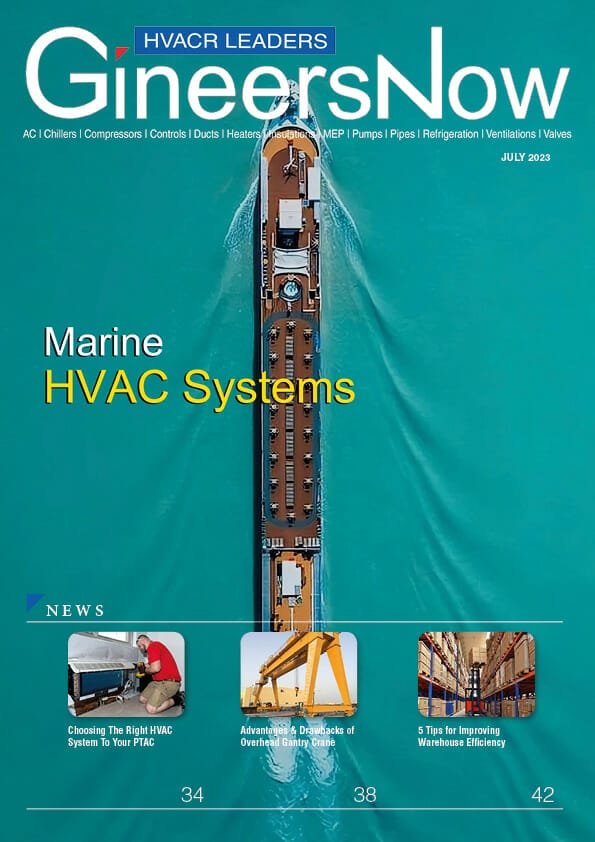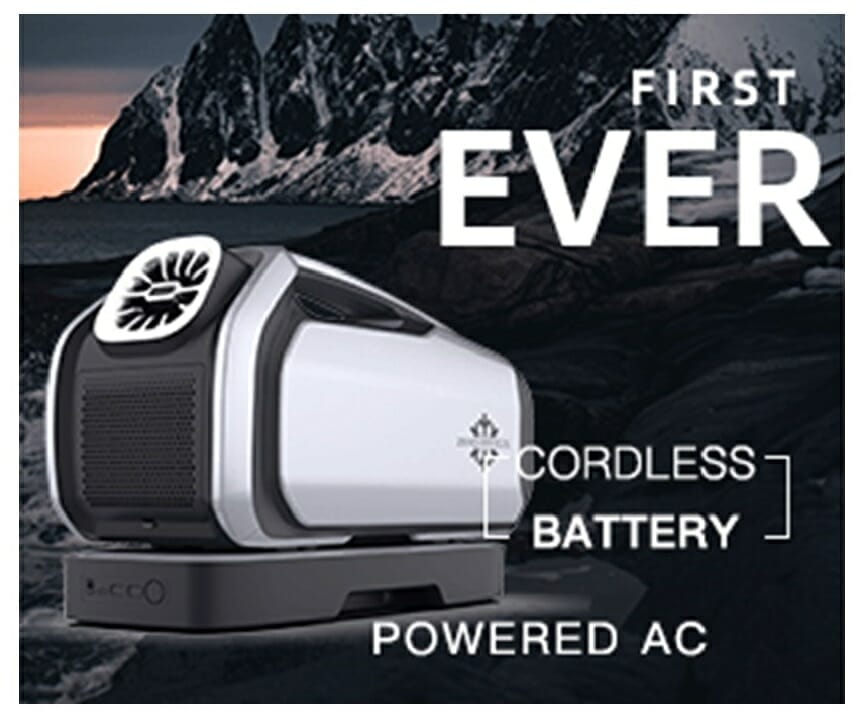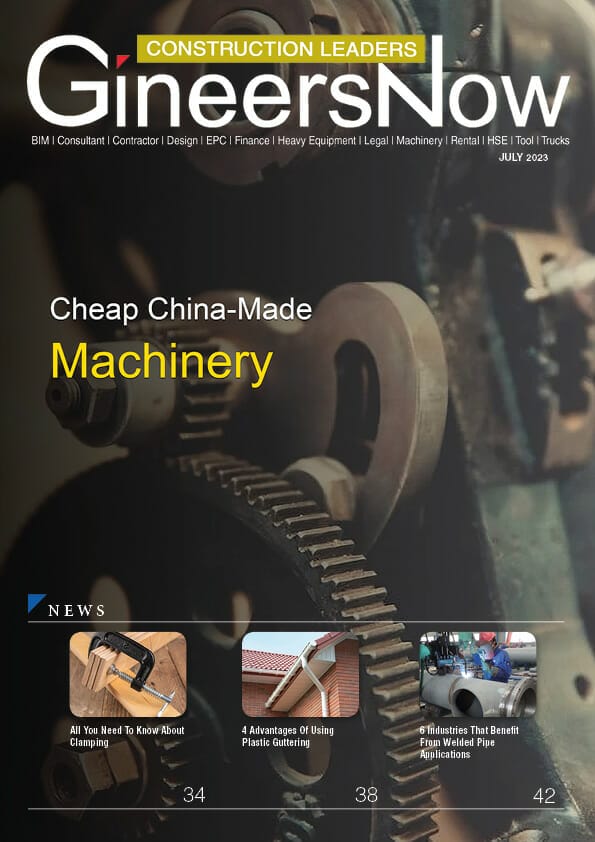Marine HVAC systems play a vital role in ensuring crew members’ comfort, safety, and productivity aboard ships. From the early days of sailboats to today’s massive container ships, HVAC technology has evolved significantly to meet the demands of modern seafaring. Several factors, such as energy efficiency, environmental regulations, and technological advancements, have influenced the development of marine HVAC systems. In this article, we will explore how marine HVAC systems have evolved and highlight some of the latest innovations shaping their future.
Overview of Marine HVAC Systems
Marine HVAC systems are essential for keeping the interior of a ship comfortable and safe for its passengers. These systems provide heating, ventilation, and air conditioning services to regulate temperature and humidity levels within the vessel. Marine HVAC systems are designed to withstand the harsh conditions of the ocean environment while providing reliable performance.
The marine HVAC system includes components such as air handlers, chillers, condensers, compressors, and ductwork. The air handler is responsible for circulating conditioned air throughout the ship’s cabins, lounges, and other enclosed areas. Chillers and condensers work together to remove heat from water used in cooling systems, while compressors are used in refrigeration units to cool spaces. Ductwork distributes cooled or heated air throughout different parts of the vessel.
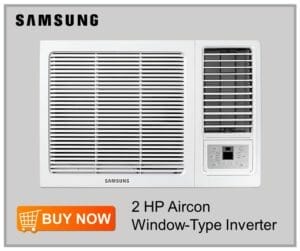
Historical Overview of Marine HVAC
Marine HVAC, or heating, ventilation, and air conditioning systems designed for use on ships and other seafaring vessels, have been in use since the early 20th century. The earliest marine HVAC systems were simple ventilators that relied on natural airflow to regulate temperature and humidity levels onboard ships. However, as ships became larger and more complex, so too did their HVAC needs.
During World War II, advances in mechanical engineering led to the development of more sophisticated marine HVAC systems capable of regulating temperature, humidity, and air quality. These systems used a combination of fans, ductwork, and filters to circulate clean air throughout a ship’s interior spaces while removing contaminants such as dust and bacteria.
Marine HVAC technology continued to evolve rapidly in the years following the war. New materials like aluminum and fiberglass allowed for lighter-weight system components that could be installed more easily on board ships.
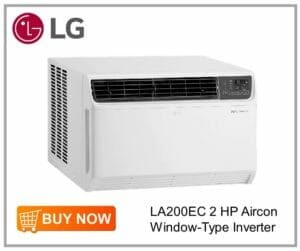
From Tugboats to Modern Oil Tanker Ships: Innovations in Marine HVAC Systems
The HVAC (Heating, Ventilation, and Air Conditioning) system is essential to a ship’s overall mechanical system. It plays a vital role in ensuring the safety and comfort of everyone onboard. Over the years, advancements in technology have led to significant improvements in marine HVAC systems.
In the past, tugboats relied on simple ventilation systems to regulate the temperature and air quality inside the vessel. As ships became larger and more complex, engineers had to come up with better solutions to meet their HVAC needs. Modern oil tanker ships now use sophisticated HVAC systems that incorporate state-of-the-art technologies such as variable frequency drives (VFDs), advanced filtration systems, and automated controls.
One major innovation in marine HVAC technology is the use of VFDs. These devices can control motor speed based on demand rather than running at full speed all the time, resulting in energy savings and improved efficiency.
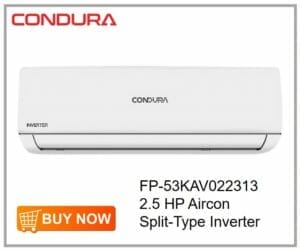
Challenges Faced in Marine HVAC
Marine HVAC, or heating, ventilation, and air conditioning systems used in marine vessels, face unique challenges that are not encountered in land-based systems. These challenges stem from the harsh environmental conditions of the sea, including varying temperatures, saltwater corrosion, and limited space.
One major challenge is ensuring proper ventilation and temperature control while operating in extreme weather conditions. Marine HVAC systems must be able to withstand heavy storms and high waves while maintaining a comfortable temperature for passengers and crew members on board. This requires specialized equipment such as ducting insulation, heating coils resistant to saltwater corrosion, and air filters that can remove contaminants from the sea air.
Another challenge related to marine HVAC is the limited space available on board ships. The design of these systems must take into account the restricted spaces available for installation while still providing efficient performance.
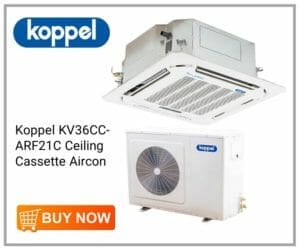
Humidity, temperature control, salt air
Marine HVAC, Heating, Ventilation, and Air Conditioning systems are designed to regulate the temperature and humidity levels in vessels such as ships and boats. These units are crucial for maintaining a comfortable living environment while at sea. However, these systems come with their own set of challenges that can cause damage to the equipment if not properly maintained.
One of the main challenges in marine HVAC systems is dealing with high levels of humidity. This can lead to corrosion and mold growth within the unit itself, causing it to malfunction over time. To combat this issue, dehumidifiers are often used alongside HVAC units to maintain optimal humidity levels within the vessel.
Another challenge is ensuring proper temperature control in varying climate conditions. Marine environments can be unpredictable with drastic drops or increases in temperature depending on location and season.
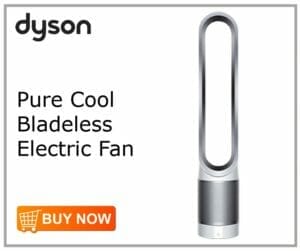
Innovations in Technology in Marine HVAC Systems
Marine HVAC systems are an essential component of any marine vessel. Proper ventilation, heating, and air conditioning play a significant role in crew comfort and safety. Innovations in technology have brought forth advanced solutions to improve the performance and efficiency of these systems.
One such innovation is the use of digital controls that enable precise temperature control, reduced energy consumption, and remote monitoring capabilities. This technology offers real-time data on system performance, allowing for timely maintenance actions to prevent system failures, saving time and money for ship owners.
Another revolutionary technology is variable frequency drives (VFDs) used in HVAC motors. VFDs allow for motor speed modulation based on the cooling load requirements. This feature ensures maximum energy efficiency while maintaining optimal temperature levels in different areas of the vessel. Additionally, VFDs reduce maintenance costs by prolonging motor life expectancy due to controlled start-up current flow.
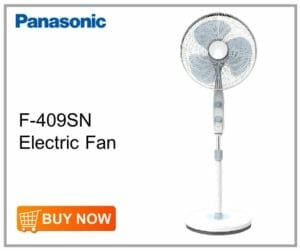
Variable Speed Compressors, Digital Thermostats: Marine HVAC Systems
Marine HVAC systems have come a long way in recent years, with the introduction of variable-speed compressors and digital thermostats. These technologies provide significant benefits over traditional HVAC systems, including increased energy efficiency and improved temperature control.
Variable speed compressors allow for precise control over the amount of refrigerant being circulated through the system, which results in more efficient operation. This technology also helps to reduce system wear and tear by reducing the number of start-ups required. Digital thermostats provide accurate temperature readings and allow for easy programming, ensuring that the desired temperature is always maintained within a narrow range.
In addition to these technological advancements, marine HVAC systems are also becoming more compact and easier to install. Modern designs take into account factors such as limited space on board ships and boats, as well as the need for durable construction that can withstand harsh marine environments.
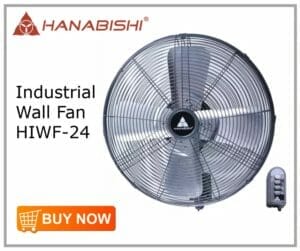
Environmental Considerations in Marine HVAC Systems
Marine HVAC systems are an essential part of any seafaring vessel, providing a comfortable environment for the crew members and passengers onboard. However, these systems also have significant environmental impacts that need to be considered when designing and operating them. The marine HVAC system can consume large amounts of energy, produce pollutants, and create noise pollution that can harm marine life.
One of the primary environmental considerations in marine HVAC systems is energy efficiency. As ships spend most of their time at sea, they rely heavily on diesel generators to generate electricity for their onboard systems. An inefficient HVAC system can consume a significant amount of this power supply, leading to increased fuel consumption and greenhouse gas emissions. Therefore, designing and operating an energy-efficient marine HVAC system that reduces energy use while maintaining optimal temperatures inside the ship is crucial.
Another environmental consideration is the discharge of wastewater from the cooling process used in marine HVAC systems. Therefore, advanced marine HVAC systems are capable of using seawater to cool the system instead of freshwater. This allows ships to reduce their freshwater consumption and discharge less wastewater.

Eco-friendly refrigerants, energy-efficient systems in Marine HVAC Systems
Marine HVAC systems play a critical role in ensuring the comfort of passengers and crew members while on board. However, these systems are also significant contributors to greenhouse gas emissions. In recent years, there has been a growing need for eco-friendly refrigerants and energy-efficient systems in marine HVAC systems to reduce their carbon footprint.
Eco-friendly refrigerants such as hydrofluoroolefins (HFOs) and natural refrigerants like carbon dioxide are gaining popularity due to their low global warming potential compared to traditional refrigerants like hydrochlorofluorocarbons (HCFCs) and chlorofluorocarbons (CFCs). HFOs have been found to be more energy-efficient than HCFCs, which can help reduce energy consumption. The use of natural refrigerants not only reduces global warming potential but also offers cost savings in terms of maintenance and repair.

Future Developments in Marine HVAC Systems
As the maritime industry continues to grow, there is a growing demand for better and more efficient marine HVAC systems. With modern ships carrying hundreds or even thousands of passengers, crew members, and cargo, it’s vital that the air conditioning and ventilation systems are up to par. This need has led to an increase in research and development of marine HVAC technology.
One of the most promising developments in marine HVAC systems is the use of smart technologies. Smart sensors can be placed throughout a ship’s HVAC system to monitor temperature, humidity levels, and other factors that impact comfort levels for passengers and crew members. These sensors can then adjust fan speeds or heating/cooling output accordingly to maintain optimal conditions while also reducing energy consumption.
Another area of innovation in marine HVAC systems is focused on improving air quality on board ships.

AI-Controlled Systems, Improved Ventilation in Marine HVAC Systems
Marine HVAC systems are essential for ensuring comfortable living conditions on board ships and improving overall air quality. The use of AI-controlled systems has revolutionized the way these systems operate, making them more efficient and effective than ever before. With advanced sensors and monitoring capabilities, these smart HVAC systems can automatically adjust temperature, humidity levels, and ventilation rates to ensure optimal conditions at all times.
The primary advantage of AI-controlled marine HVAC systems is improved energy efficiency. By constantly monitoring environmental conditions and adjusting ventilation rates accordingly, these systems can significantly reduce energy consumption while also improving air quality on board ships. Additionally, they can help extend the lifespan of equipment by preventing unnecessary wear and tear caused by overuse or inefficient operation.
Overall, the adoption of AI-controlled marine HVAC systems is a significant step forward in improving comfort levels on board ships while reducing energy consumption and operational costs.
Read GineersNow oHVAC Magazine for FREE
Editor’s Note
Marine HVAC systems play a crucial role in ensuring the comfort and safety of crew members, passengers, and cargo on board ships. With advancements in technology and design, these systems have evolved significantly over the years from basic ventilation to fully automated, energy-efficient solutions for ships of all sizes. From boats to container ships, innovations in marine HVAC systems have revolutionized how we think about climate control at sea.
In this article, we will explore some of the key developments in marine HVAC technology that have transformed the industry. We will examine how these innovations have impacted maritime operations and discuss future trends that are likely to shape the sector further.
Marine HVAC systems have come a long way from the days of relying on natural ventilation and manually controlled heating systems. The innovations in technology have allowed for more efficient and effective cooling and heating solutions for ships of all sizes. With the increasing demand for cargo transportation, container ships have become the new norm, and their advanced HVAC systems play a crucial role in ensuring the safety and comfort of both crew members and cargo. As we continue to explore new frontiers in shipping and travel, it is certain that marine HVAC systems will continue to evolve, making sea travel more sustainable, comfortable, and safe than ever before.
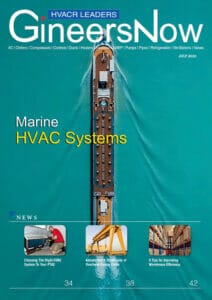
Takeaway: Marine HVAC systems continue to evolve.
Innovations in marine HVAC systems have come a long way since the early days of seafaring. From simple air circulation on wooden boats to complex climate control on modern container ships, the importance of temperature regulation cannot be overstated. The integration of energy-efficient technology has not only reduced costs but also helped address environmental concerns. As the shipping industry continues to grow and evolve, so too will advancements in HVAC systems. It is imperative that we prioritize sustainability and innovation to ensure a safe and comfortable journey for both crew and cargo. Let us continue to push for progress in marine technology as we sail towards a brighter future.


